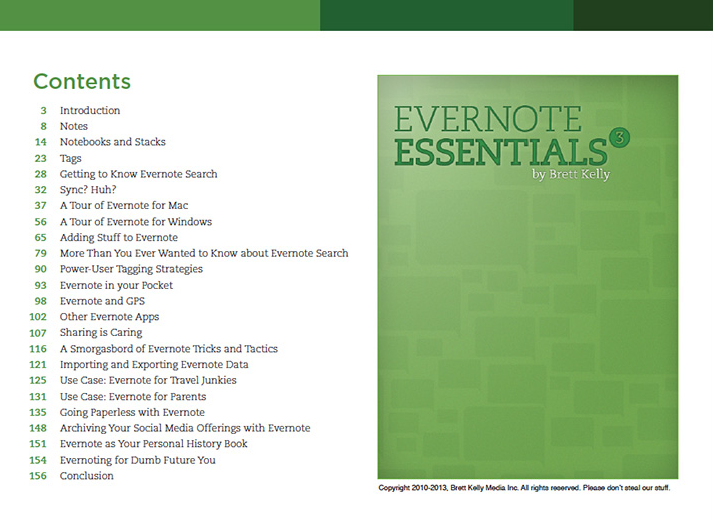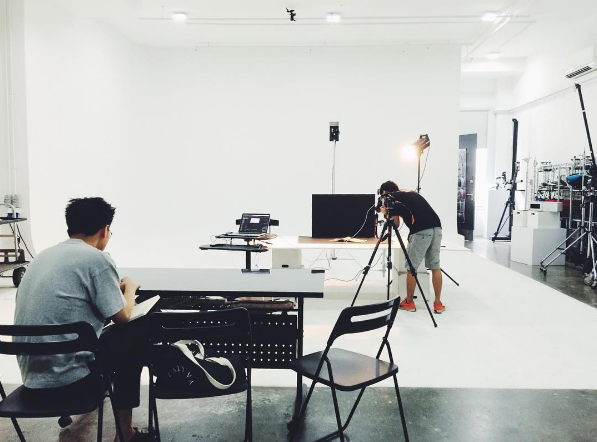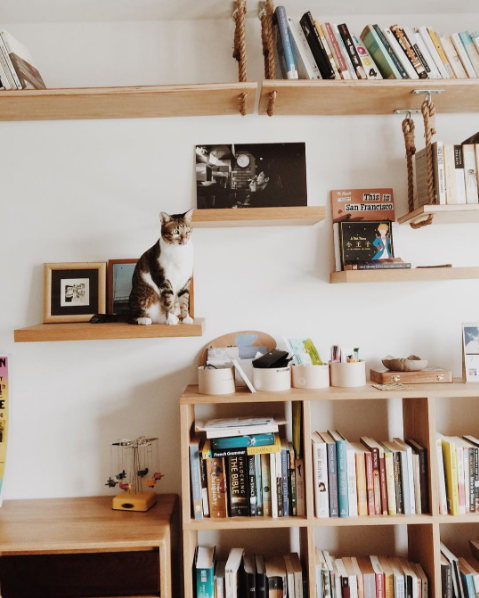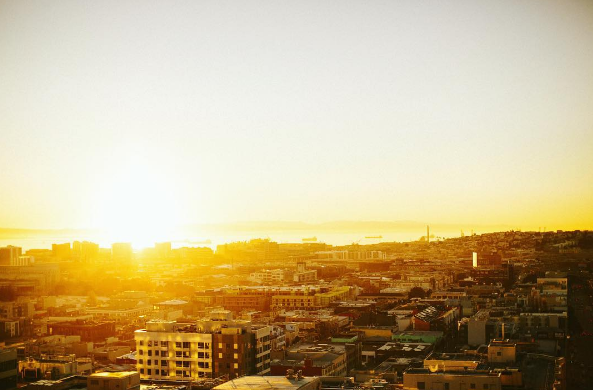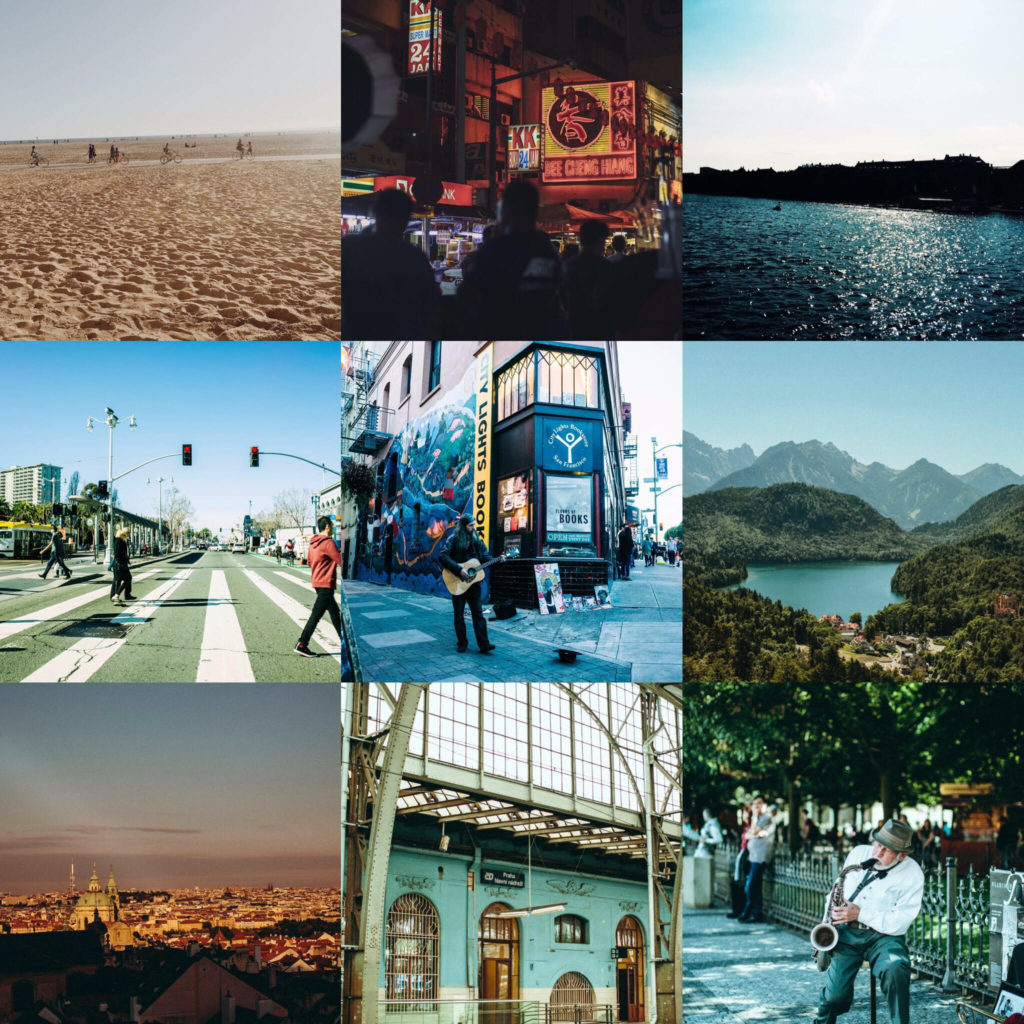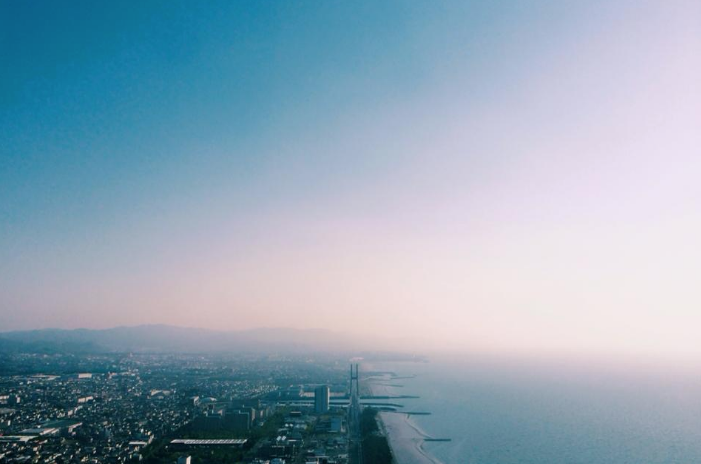I never thought one day I’d be writing articles about personal finance or money, but here I am. Life is strange like that.
As a kid I was terrible at mathematics. That (and the insults from my fearsome Secondary Four A Maths teacher) made me steer away from anything to do with numbers.
Up until I was 27 (I turn 31 this year) there was never more than a few thousand dollars in my bank. I remember how there was once I hit $4,000 in my savings account, and it felt like I’d reached the pinnacle of my financial achievements.
I’m not very interested in status symbols, but I love food and books and travel and cameras and other hobby-related toys, so much of my money was spent on these stuff, lots and lots of stuff.
Oh, and whenever I’d accumulated about $2,000 in my bank, I’d feel rich enough to think I deserved a holiday. That was when you’d find me in front of the computer booking my next flight out of Singapore.
For much of my life I treated money like it was an afterthought, and spent it “like water”, in the exact words of my mum. It didn’t matter how little or how much money I had at any given time – I simply didn’t give much thought to how I handled or spent it.
I often consoled myself by thinking – I’m a creative and an “artsy” person, so I’m not supposed to be good at the money stuff… right?! People like us simply don’t have the genetic makeup for something as tedious as this – we have more important things to think about. Or so I thought.
I was never more wrong.
Like I said before, last year I had a rude awakening. I had been working very hard and earning money from photography since 2013, but by end 2015 I realized I’d managed to save very little money, having squandered about 90% of the money I had earned.
This threw me into panic mode. I was pissed. I was angry with myself. There was a lot of self-blame and confusion (where did my money go?!). I felt terrible that I’d worked so hard and had almost nothing to show for it – it was almost like I’d worked for nothing.
Suddenly I remembered something. A couple of years ago I’d been forced to see a fortune teller (long story) who had told me, “You have the potential to make a lot of money, but if you don’t know how to save, you are still going to end up poor.”
So when I was panicking about this situation back in end 2015, this little (ominous) statement from the fortune teller kept popping up in my head.
“…if you dont know how to save, you are still going to end up poor.”
My financial awakening
It took me awhile to figure this out: It’s not cool at all to be financially ignorant.
It’s not that I am suddenly a financial whiz or that I am now super rich. These haven’t happened yet, but since last year I have changed the way I think about money and that has made all the difference.
If I kept going the way I was going – spending money mindlessly, not bothering to save, spending on instant gratification rather than planning for my future – no matter how hard I worked, I would end up old and penniless.
This thought was scary enough to force me to start learning everything I could about personal finance.
One of my biggest inspirations has been the personal finance blogger Mr Money Mustache.
His writing overturned a lot of the wrong mindsets I had about money.
Because of his blog I was introduced to the concept of financial freedom, which blew my mind.
I never knew it was possible to retire young.
I never knew it was possible to be frugal and still enjoy life.
I never understood exactly how much advertising and society in general have brainwashed us into becoming such deeply entrenched consumers.
Also, the more I read and learned and studied, the more I figured out what all these rich and financially competent people have in common (and no, it’s not trust funds)…
How to become rich
The only way you can become rich is if you spend much less than you earn. Repeat that to yourself.
The only way you can become rich is if you spend much less than you earn.
It’s true of Warren Buffett, and it’s true of you and me.
Apparently, it doesn’t matter how much you earn. If you are a banker earning $30,000 a month who spends $40,000 every month on your expensive condo rental and on $400 dinners and $1,000 suits and a $2,000 per month car installment, you are going to be not just in debt but poorer than an admin executive who saves half of his $2,800 monthly salary.
Over one year, the banker is going to be $120,000 in debt while the admin executive is going to end the year with $16,800 in savings.
It’s bizarre, isn’t it?
Think of all the famous, supposedly dirt-rich people who splurge on mansions and yachts and private planes and go bankrupt.
And then think of my aunt and uncle who brought up three kids on a combined income of $3,000. And they still have money left over to go for holidays in Taiwan and Bangkok.
Having a high income is TOTALLY IRRELEVANT if you spend more than you earn.
It’s not how much you have, it’s how little you want
There is a brilliant little book titled The Millionaire Next Door.
It’s about how the truly rich often have frugal habits, live in smaller houses, drive cheaper cars (or not at all).
While the ones who are broke or in massive debt often appear to be rich simply because they live in big houses, drive big cars, own more expensive television sets.
It’s a sad facade.
Simple strategies
With regards to money, many of us are on auto-pilot. We inherit our parents’ attitude towards money or are influenced by our friends, or even by the media.
We want people to think we have made it. We spend money without thinking. We lust for condos that we cannot afford. We buy things that we don’t need and end up working so that we can earn more money buying things that we don’t need.
Many of us need to wake up, including myself.
And waking up is not enough. To achieve financial happiness, we must be willing to put in the work (as with any other thing worth striving for).
The following are practical strategies that I learned from my obsessive research on the topic of personal finance in my brave attempt to transform into a Financially Savvy Artsy Person™. I have put into action most of them – I really don’t want to write fluffy articles about things that don’t work in real life – and have benefited greatly.
I’m still learning and I still have a long way to go, but if you ask me, these will give you – as they gave me – a good start.
1. Track your expenditure
This is the number one thing you need to do if you want to overhaul your finances, because if you don’t know what you’re spending on, you won’t know what to cut out of your spending.
I use the excellent app Wally to do this. The idea is to track your expenditure religiously for an entire month so you have an idea of where your money goes. It’s somewhat laborious but crucial if you are serious about getting a grip on your finances.
(It took me maybe five false starts before I eventually managed to track my expenses for an entire month. Yes, the road to financial prudence can be a long and painful one, especially if you are as ill-disciplined and lazy as me.)
Use Wally to track all your cash expenses, and your credit card statement to track your credit card expenses. If you are Singaporean, Seedly is an app that allows you to connect your credit and debit cards – it then automatically tracks all your spending.
TIP: You must capture ALL your spending in order to have an accurate picture of your current financial situation.
2. Cut your spending ruthlessly
Once you know what you’ve been spending on, you can do the cutting down.
This is actually quite fun.
I’m sure you will find a lot of unnecessary expenses in your monthly spending, just as I did.
Subscriptions to online magazines and newspapers, Spotify, a brain training app, an online meditation programme… I cut all of that (except for Netflix, which I can’t seem to let go off, because… The Good Wife is the best TV show ever).
I stopped cabbing and got myself an EZLink card. I stopped buying books, my favorite all-time hobby that sets me back hundreds of dollars a month, a couple of thousand dollars a year. I ate out less, and if I did eat out, I would choose cheaper options. And dozens of other small things, but they add up.
(The underlying principle is: Do we really need all the things we think we need?)
But don’t just cut out the small stuff. I didn’t understand this at first until it was pointed out to me that my real problem lies in my big-ticket purchases – a $800 painting here, a $1,000 foldable bike there, a $3,000 trip overseas (still working on this).
So cut, cut, cut.
3. Start a separate savings account
Segregate your spending money from your savings. They are two completely different things.
For myself, after some research, I decide to start a separate savings account with CIMB. They only have branches and ATMs at two locations in Singapore, so it’s pretty hard for me to withdraw money from the account. That helps 😉
Don’t touch the money in this account. Unless you need the money to save a life.
4. Automate your savings
If you can only remember one thing from this article, it’s this – always save before you spend.
I’m a freelancer so my income can be in flux, so this is my little system: In my checking account, at the beginning of every month, I maintain a balance of about 3 months’ expenditure. Thereafter, every time I receive payment from my client, I transfer the entire payment directly to my separate savings account (see above). I’m into saving radically right now.
Every time we move into a new month, I top up my checking account so that the balance maintains at about 3 months’ worth of expenditure.
That also acts as my emergency fund. In case anything happens, I dip into it, but I never touch the money in my savings account.
If you are an employee, things are even more straightforward. Set up a Standing Instruction so that a certain amount of money is immediately and automatically transferred to your savings account the moment your salary comes in – out of sight, out of mind.
For some people that amount is 20% of their income every month; for some it’s 50%, and for others, 80% (in extreme cases). It’s up to you, but the more the merrier of course.
Remember to maintain an emergency fund so that you never have to use money from your savings account.
5. Increase your income
We have already established how important savings are, but once you know how to save, it’s time to work on increasing your income.
There are many ways to earn more money – get a part-time job, promote yourself more if you are a freelancer, start a small side-business, work as a virtual assistant on your days off, be a part-time florist via Instagram, change jobs, etc.
Yes, it’s not easy, and I applaud you if this is what you are trying to do right now, but I’m a firm believer of “where there’s a will, there’s a way”.
It always helps to know how other people before you have done it before. This is a podcast I like that is all about how to side hustle and also features stories about people who have managed to make money doing things as disparate as selling photos on Pinterest or earning an additional $3,000/month via their blog.
Not for the faint-hearted, but you are not faint-hearted, are you?
6. Invest your money
This is an area that I am still learning about, but in terms of investment, due to the effects of compounding over time, it’s best to start as early as possible.
Also don’t get the wrong idea that you can only invest in things like property or the stock market. Anything you do that allows your money to grow is a form of investment, and that can mean investing in yourself if you are a freelancer or a solopreneur or a small business owner. Buy books that can teach you a much-needed skill, go for an online course, join a workshop – in short, invest in upgrading your awesomeness, and use your awesomeness to earn more money!
If you are thinking of investing in a more traditional, low-cost but effective manner, index investing is a pretty good way to do it.
As JL Collins said, “Stop thinking about what your money can buy; start thinking about what your money can earn”.
6. Avoid debt
Don’t allow yourself to fall into debt. Avoid installments (it’s stupid). Reconsider your expensive masters degree that requires you to take out a hefty study loan (will it really give you better opportunities at work?). Use your credit card smartly (or cut them up if you are prone to spending future money with your credit cards).
In other words, debt is evil (unless you are using it to build the next Apple).
People who are in debt can never start to build wealth until they clear their debt. And we know how difficult it can be to demolish one’s debt. So don’t even get there. Just don’t.
Finally, what is “financial happiness”?
So we have got the practical strategies out of the way. Let’s get abstract now…
Financial happiness isn’t just about being rich. And it’s definitely not about having a lot of money.
To reach financial happiness is to be at a place where you are no longer trapped, fooled, or controlled by money.
You are the master of money, instead of its servant.
Look around you. Looks at the two kinds of people around you.
The ones who are lost in an almost automatic and life-long pursuit of wealth and achievement and external affirmation. They don’t seem to know what they are doing.
And on the other side, the ones who seem to be… in control, balanced, happy.
Who do you want to be?
We underestimate how much control we have over our lives. We think it’s fate or destiny or our genes. But really sometimes it’s just ourselves…
We really can be whoever we want to be.
So it doesn’t matter if you are in a bad place financially right now. The best time to change course is now.
I wish you all the best in your journey towards financial happiness, and if you have any personal finance related stories to share, please feel free to comment below.
Thank you for reading this long post, and I’ll be back next week!


